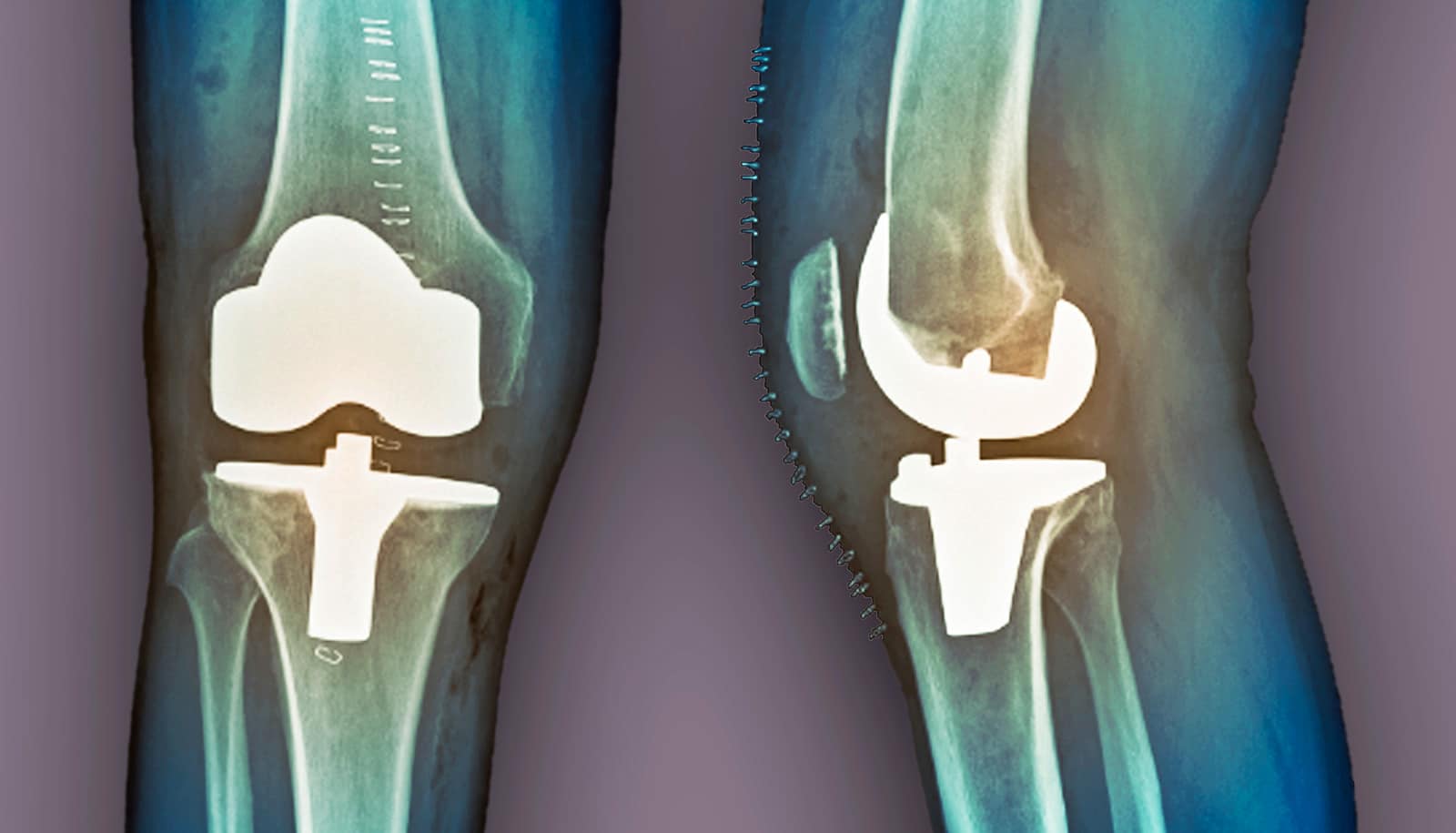A history of tobacco use is more strongly associated with adverse knee replacement outcomes than any other modifiable risk factor, according to a new study.
“While several studies have identified potentially modifiable risk factors for elective knee replacement surgery, they have not defined surgical outcomes when these conditions exist individually,” says senior author James Keeney, associate professor of orthopaedic surgery at the University of Missouri.
“We found tobacco use history was associated with the highest rate for severe complications, including above-knee amputation.”
Keeney’s team identified 239 first-time total knee replacement procedures performed over seven years on patients who did not have one of three modifiable risk factors—morbid obesity, diabetes, and tobacco use history. The team compared the outcomes from those patients to those from 270 first-time knee replacement patients with a single modifiable risk factor. That cohort included 20% with tobacco use history, 12% with morbid obesity, and 12% with diabetes.
“Compared with healthy patients, we found morbidly obese patients did not have any difference in reoperation rate or component revision rate, diabetic patients were more likely to have additional surgery and patients with tobacco use had higher rates of reoperation, surgery within two years, reoperation for a hematoma, revision for infection, and above-knee amputation,” Keeney says.
Patients with tobacco use had a nearly 10% increased rate of reoperation, a 10% increased rate of surgery within two years, and a 3.2% higher rate of above-knee amputation when compared to the healthy patient population.
“It’s important to note that these findings do not necessarily apply for patients who have multiple risk factors combined,” Kenney says. “The presence of multiple risk factors together may combine in a way that is greater than the simple sum of the individual parts.”
The study appears in the Journal of Knee Surgery.
Source: University of Missouri



